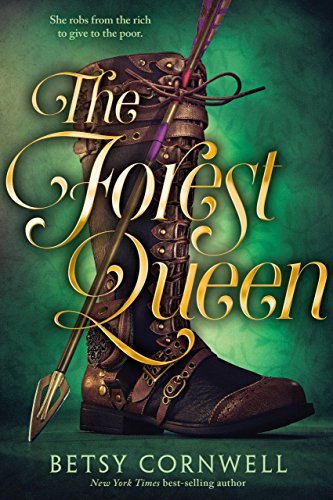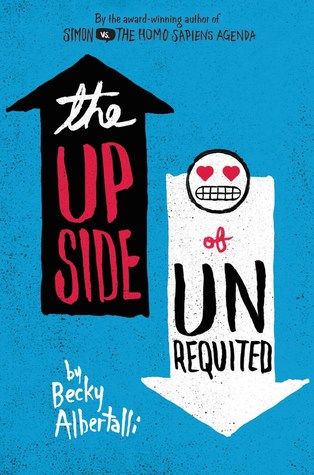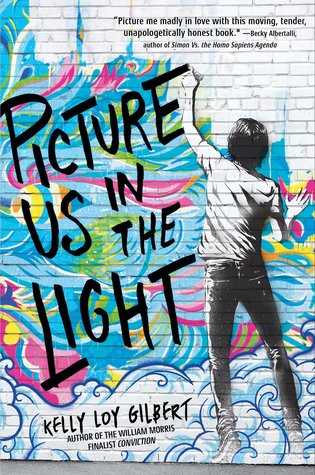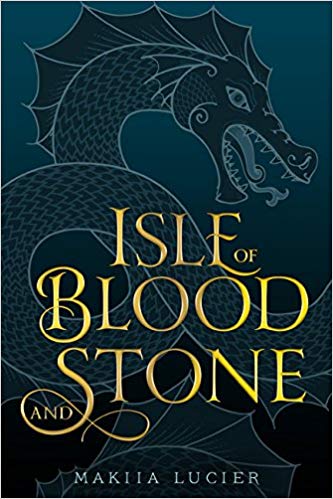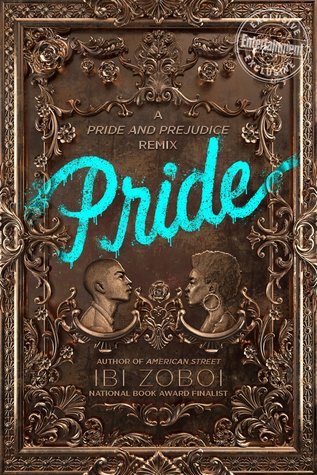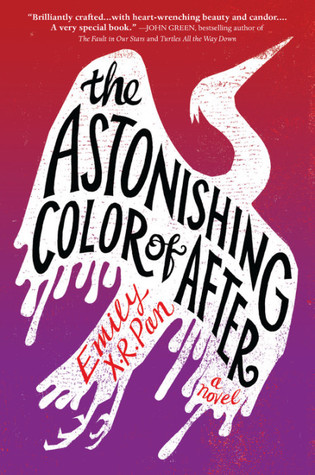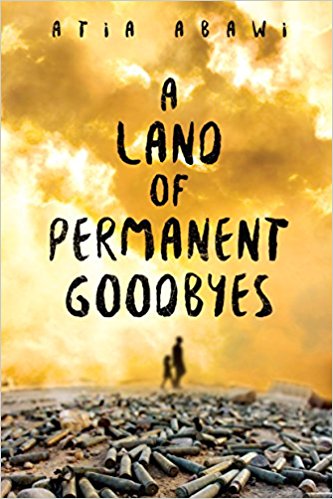The Forest Queen
Author: Betsy Cornwell
Published: August 7, 2018 by Houghton Mifflin Harcourt
Guest Review by Rachel Krieger
Summary: When sixteen-year-old Sylvie’s brother takes over management of their family’s vast estates, Sylvie feels powerless to stop his abuse of the local commoners. Her dearest friend asks her to run away to the woods with him, and soon a host of other villagers join them. Together, they form their own community and fight to right the wrongs perpetrated by the king and his noblemen.
Review: Anyone familiar with the tale of Robin Hood likes the idea of stealing from the rich and giving to the poor. Betsy Cornwell’s twist on this idea changes it just enough to give the story some flavor and novelty. The characters were compelling and the relationships were truly touching, but everything felt a little too convenient to me. There were several times when characters all but died and ended up making it out without a scrape. In a world where all of the favorable characters are on the lamb, there was a fair amount of luck and inaction that saved nearly every one of them. As a gender bent twist on a fairytale and a lively retelling of an old story, this novel had merit, but there wasn’t quite enough to it to call it a masterpiece.
However, as far as representation goes, Betsy Cornwell hit it on the head. The Forest Queen, as the title lets on, has a female leading things. The role of Robin Hood was usurped by a woman and amplified by the fact that the woman is stealing from her own family to give to the poor. The other females in the novel show strength in the face of things like rape and a shocking lack of agency. There are even LGBTQ characters that add to the sense that women in this world are the epitome of overcoming their circumstances.
Teacher’s Tool For Navigation:This novel is a great outlet in which to discuss rape culture. Although it is not the most prominent part of the story, it plays a part and is represented in an ideal way in relation to discussion. Because this subject is extremely difficult to discuss in general, let alone in a classroom, talking about it within the realm of this fantastical society may make it a bit easier. It would be interesting to reflect upon the similarities between the culture in the novel and our own culture in this society. It is so incredibly important to discuss difficult subjects in the classroom, but when it is in reference to a novel like The Forest Queen, it can be looked at in a more academic way.
Discussion Questions:
- Did Sylvie have a right to encourage the village people to rebel against her brother?
- What do the ties to the story of Robin Hood do for this novel?
- How do women take power in this story and how does that differ from classic fantasy?
Read This If You Loved: Cinder by Marissa Meyer, Six of Crows by Leigh Bardugo, Shadow and Bone by Leigh Bardugo, The Paper Magician by Charlie N. Holmberg
Recommended For:
